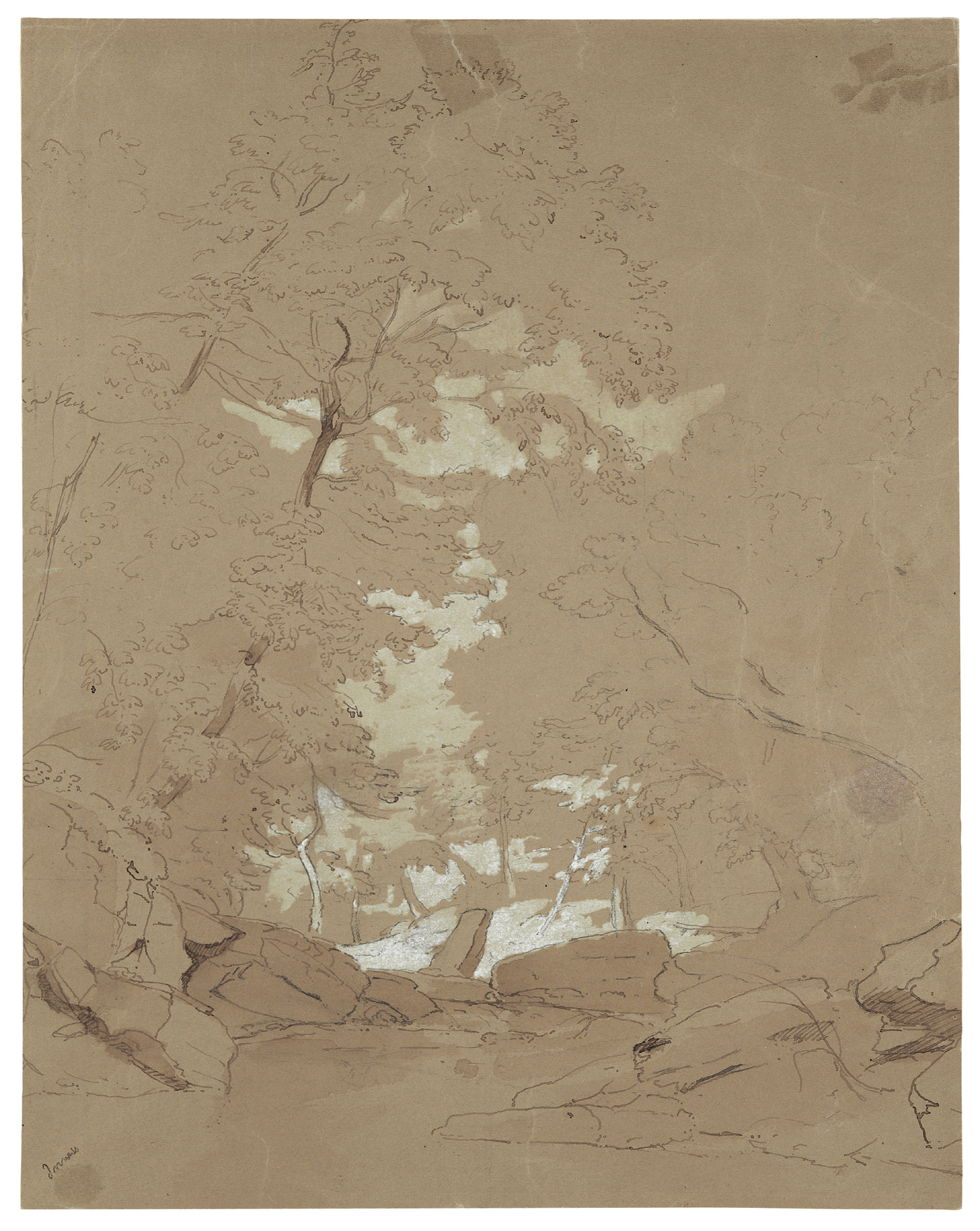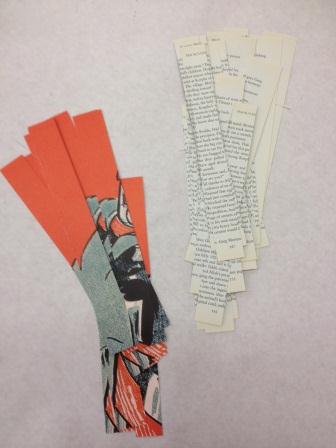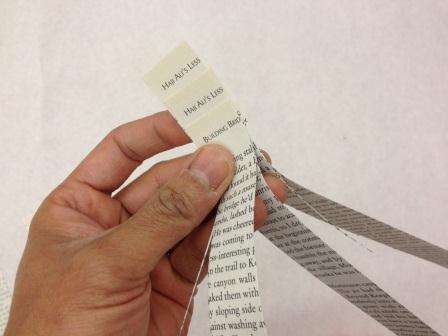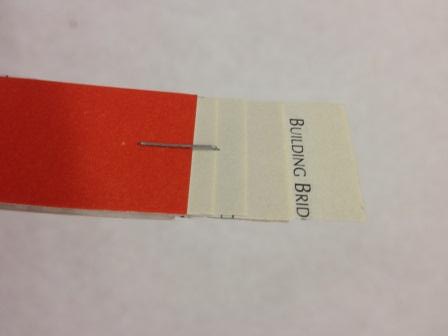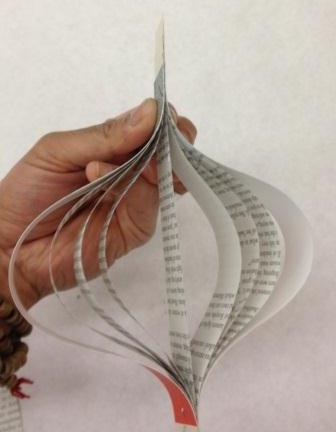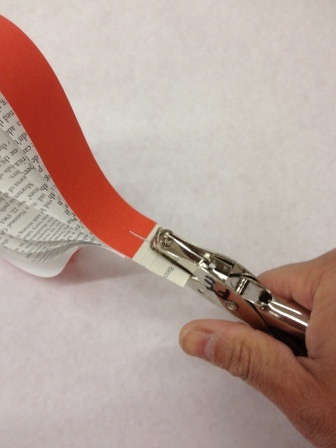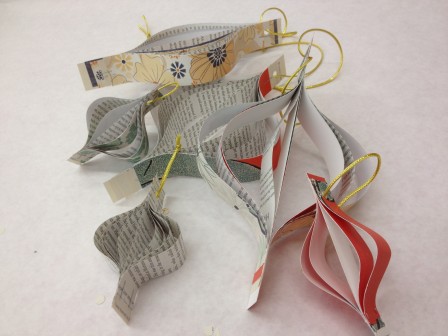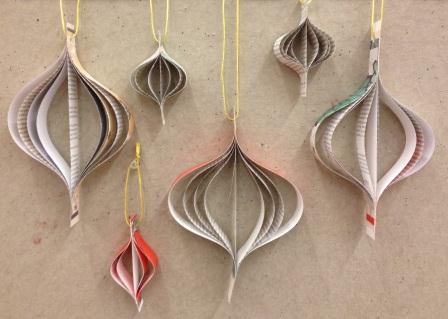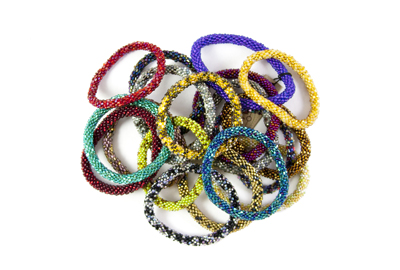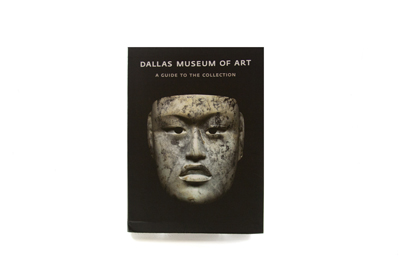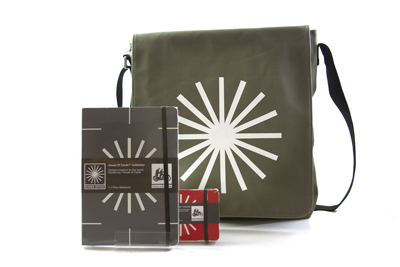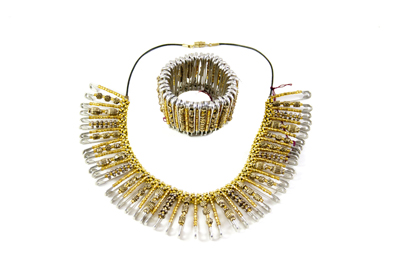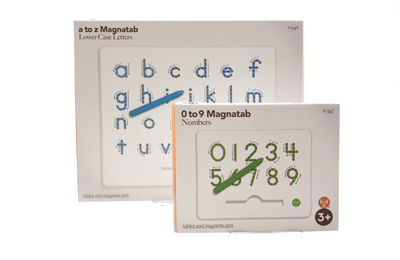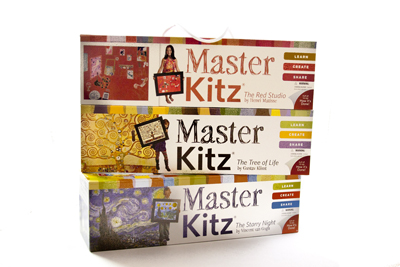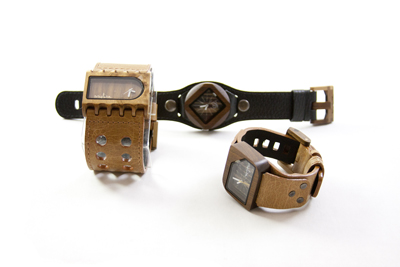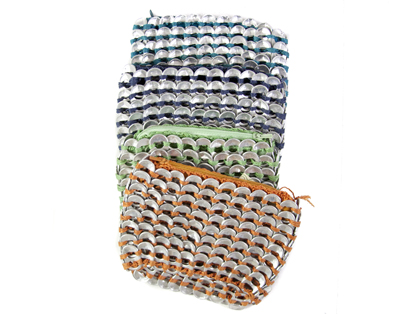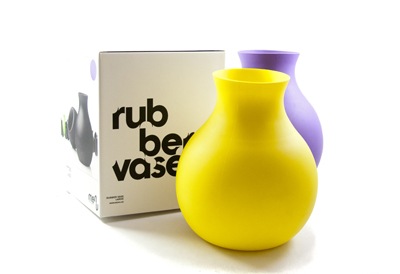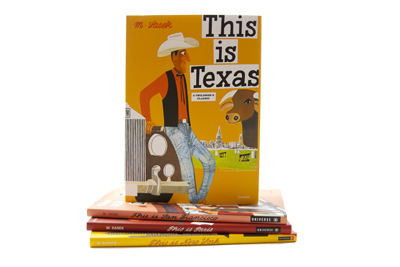With the holidays upon us, there has been a lot of talk of travel, family, and traditions. Everyone’s experience is unique, so I asked some of my fellow bloggers to choose a work of art from the DMA’s collection that reminds them of home during the holidays.
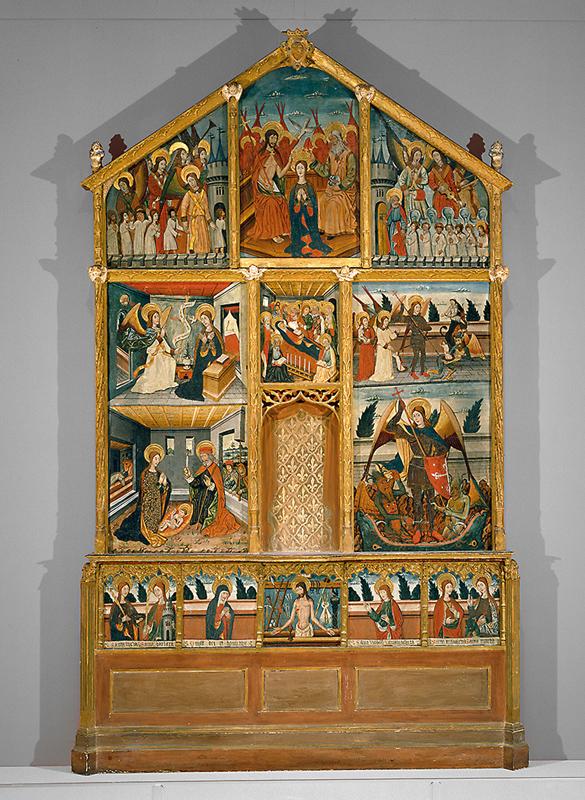
Studio of Pere Espalargues, Altarpiece, second half of 15th century, Dallas Museum of Art, gift of Leicester Busch Faust and Audrey Faust Wallace in memory of Anna Busch Faust and Edward A. Faust.
My choice is this 15th century altarpiece. It makes me think of my family’s annual visit to The Cloisters museum in New York. We’ve been going there around Christmastime since I can remember. I would always hunt down my favorite two pieces: the Merode Altarpiece from the workshop of Robert Campin and an insanely intricate rosary bead made from boxwood. Though as a kid I had to be dragged there kicking and screaming, I can now appreciate this wonderful family tradition, and I’m looking forward to returning very soon.
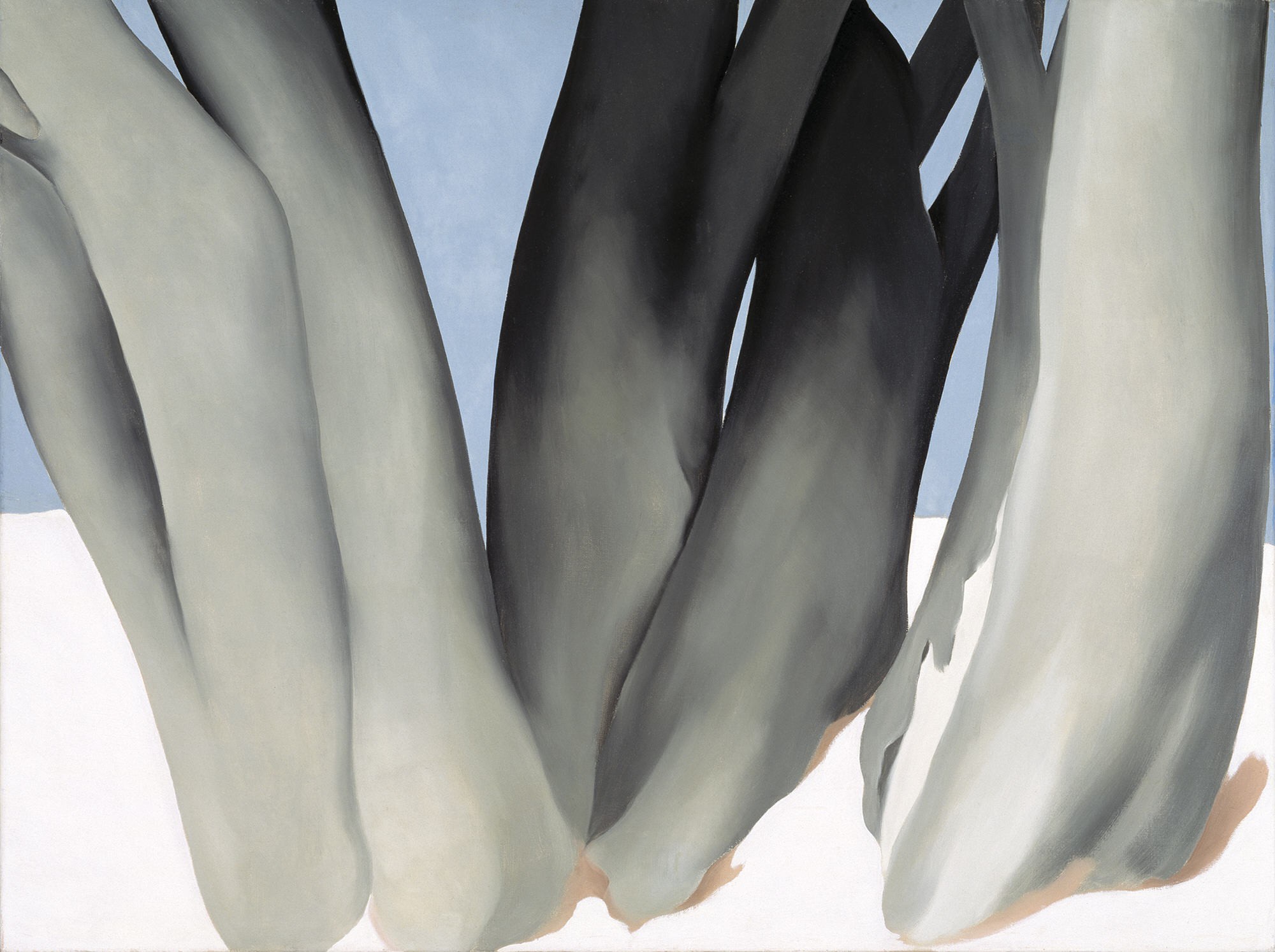
Georgia O’Keeffe, Bare Tree Trunks with Snow, 1946, Dallas Museum of Art, Dallas Art Association Purchase.
Danielle Schulz: Georgia O’Keeffe’s Bare Tree Trunks with Snow reminds me of going home to Albuquerque for the holidays. I can just imagine that these bare trees are in my mother’s backyard. The few trees that we do have in New Mexico are quite bare like the painting shows, but become so much more beautiful when it snows. When I look at this painting, all I want to do is curl up in front of the fireplace, eat some green chile stew and watch A Christmas Story on repeat!
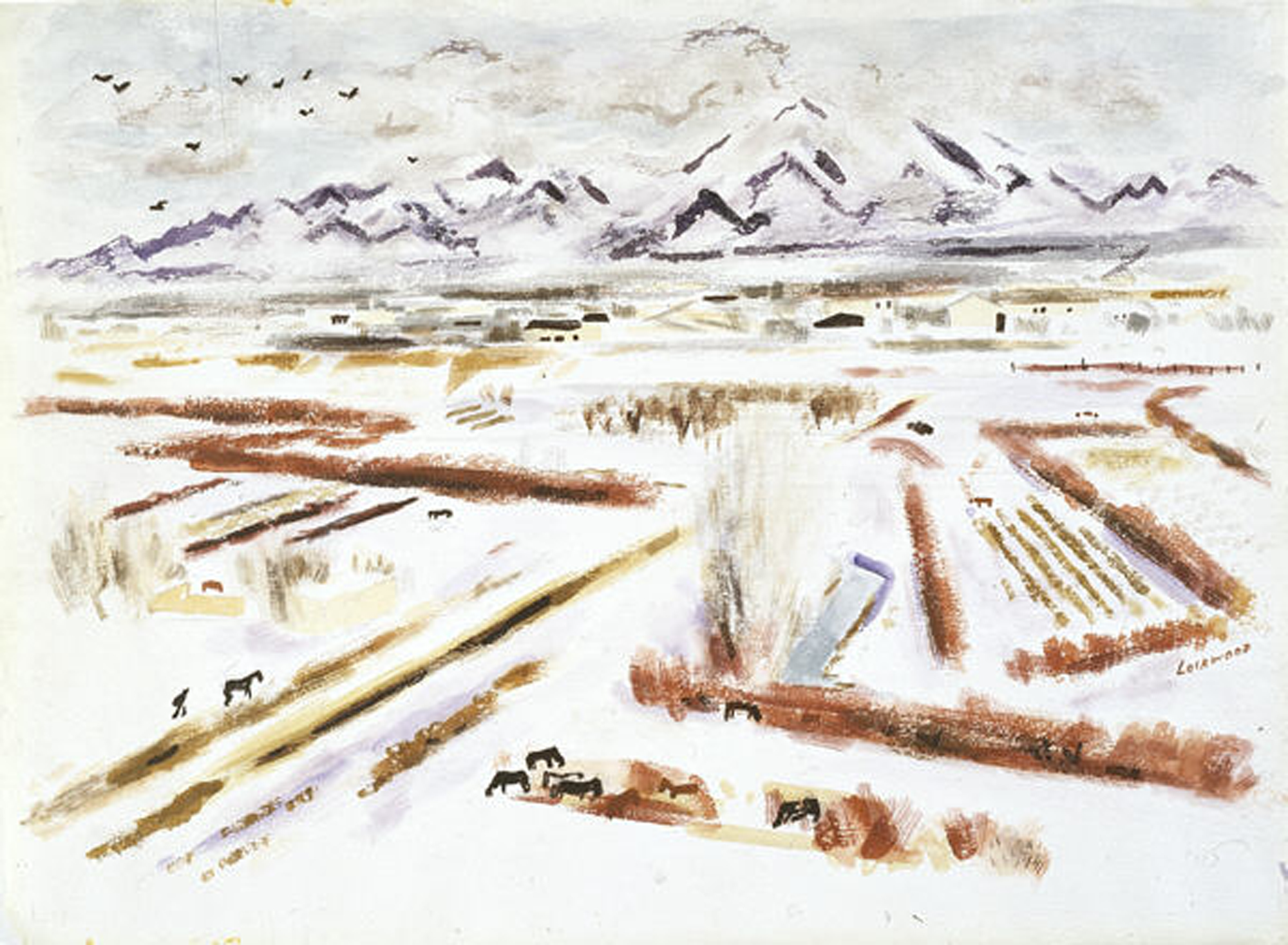
John Ward Lockwood, Magic of the Snow, 1945-1946, Dallas Museum of Art, Lida Hooe Memorial Fund.
Pilar Wong: I chose Magic of the Snow because the colors are reminiscent of my hometown of Delta, Colorado. While snowy landscapes are dominated by shimmery whites, the blue of the mountains and tan of the shrubbery creates a winter wonderland!
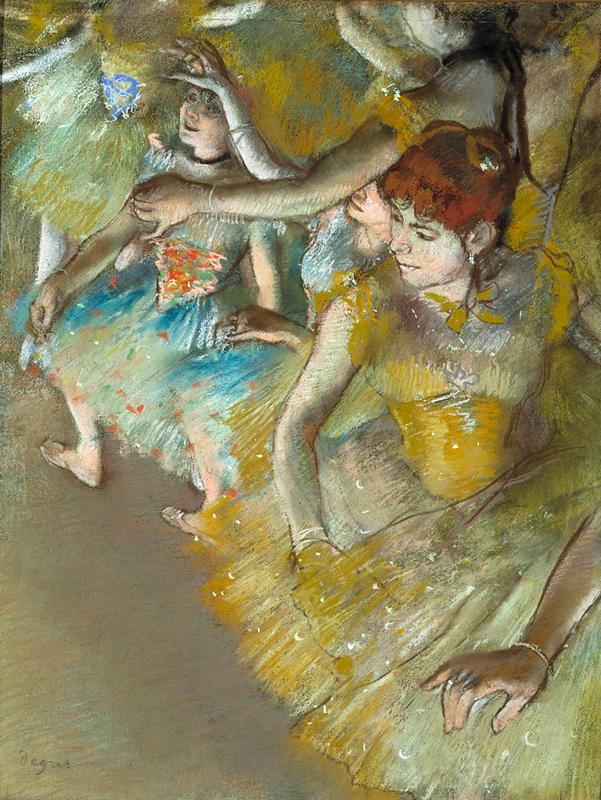
Edgar Degas, Ballet Dancers on the Stage, 1883, Dallas Museum of Art, gift of Mr. and Mrs. Franklin B. Bartholow.
Leah Hanson: I would pick Edgar Degas’ Ballet Dancers on Stage. When I was little, we had a tradition of going to see The Nutcracker every year. My sister and I would get dressed up in our Christmas dresses (usually matching!), and every year it was magical to watch Clara and her Christmas tree that grows and grows and the Nutcracker who comes to life. After the show, we’d twirl around in our dresses and reenact our favorite parts – the Arabian dancers, the Russian dancers, and of course, the Sugarplum Fairy. One of my favorites!
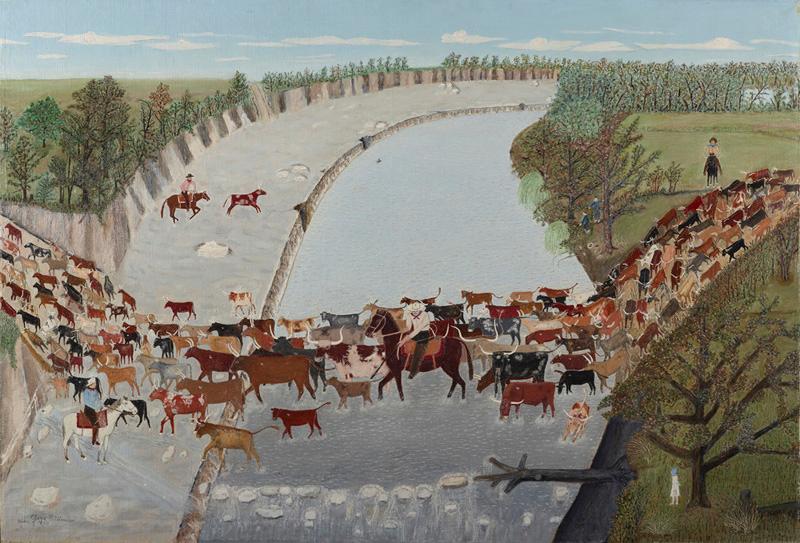
Clara McDonald Williamson, Get Along Little Dogies, 1945, Dallas Museum of Art, Ted Dealey Purchase Prize, Seventeenth Annual Dallas Allied Arts Exhibition.
Amanda Blake: The work of art that reminds me of the holidays is Get Along Little Dogies by Clara McDonald Williamson because I grew up spending Christmas on farms in Oklahoma with both sets of grandparents. This painting reminds me of the view of cattle and wide-open space as we would drive from Kansas to Oklahoma.
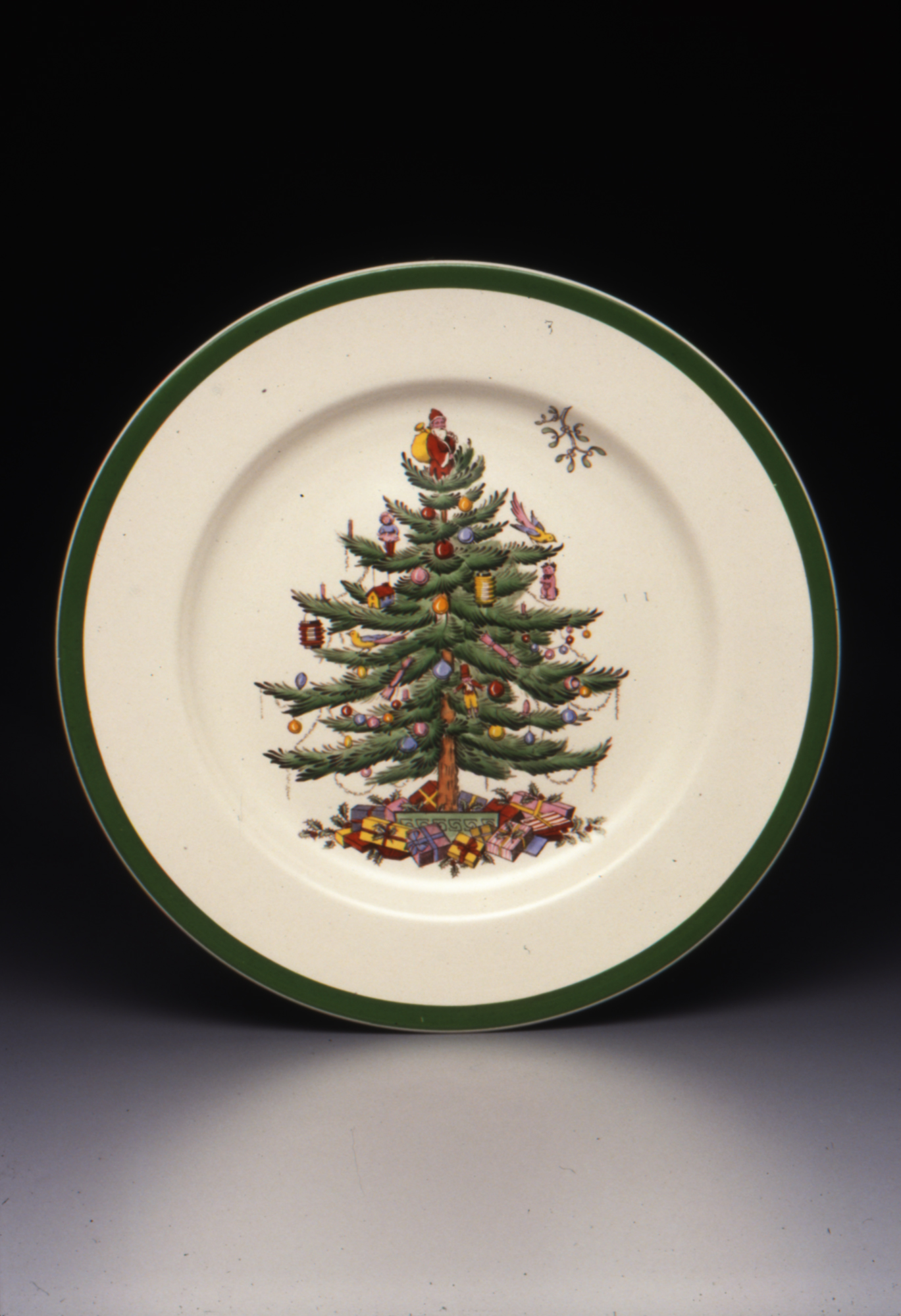
Harold Holdway (designer), Regimental Oak shape dinner plate with Christmas Tree pattern, designed 1938, Dallas Museum of Art, gift of Stephen Harrison in honor of George Roland.
Amy Copeland: For me, nothing says the holidays like this pattern. My family gathers with our neighbors for holiday meals, and the bunch of us have eaten many a Christmas dinner off plates like these.
Happy Holidays from all of us at the DMA!
Alex Vargo
McDermott Intern for Gallery Teaching


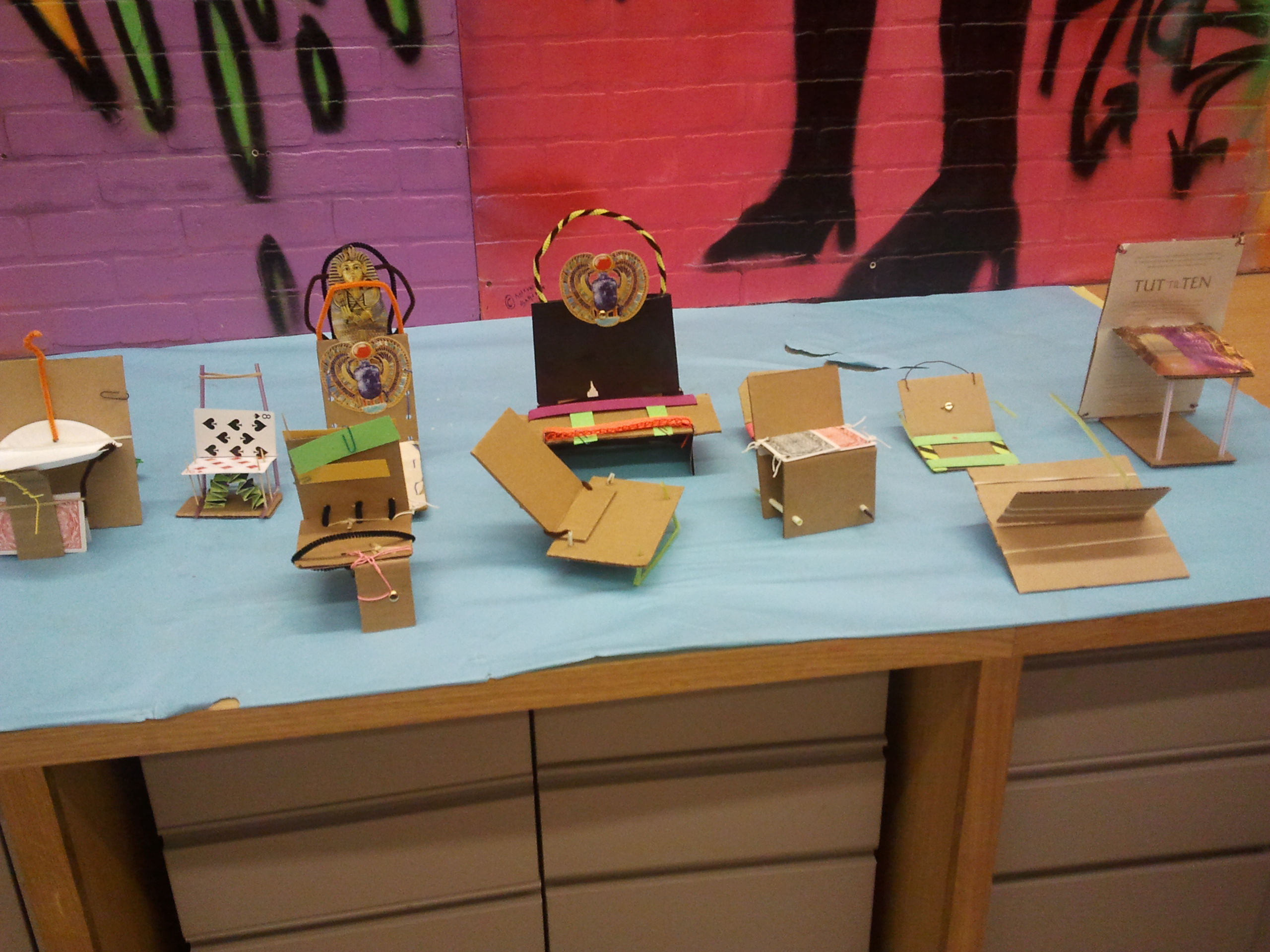
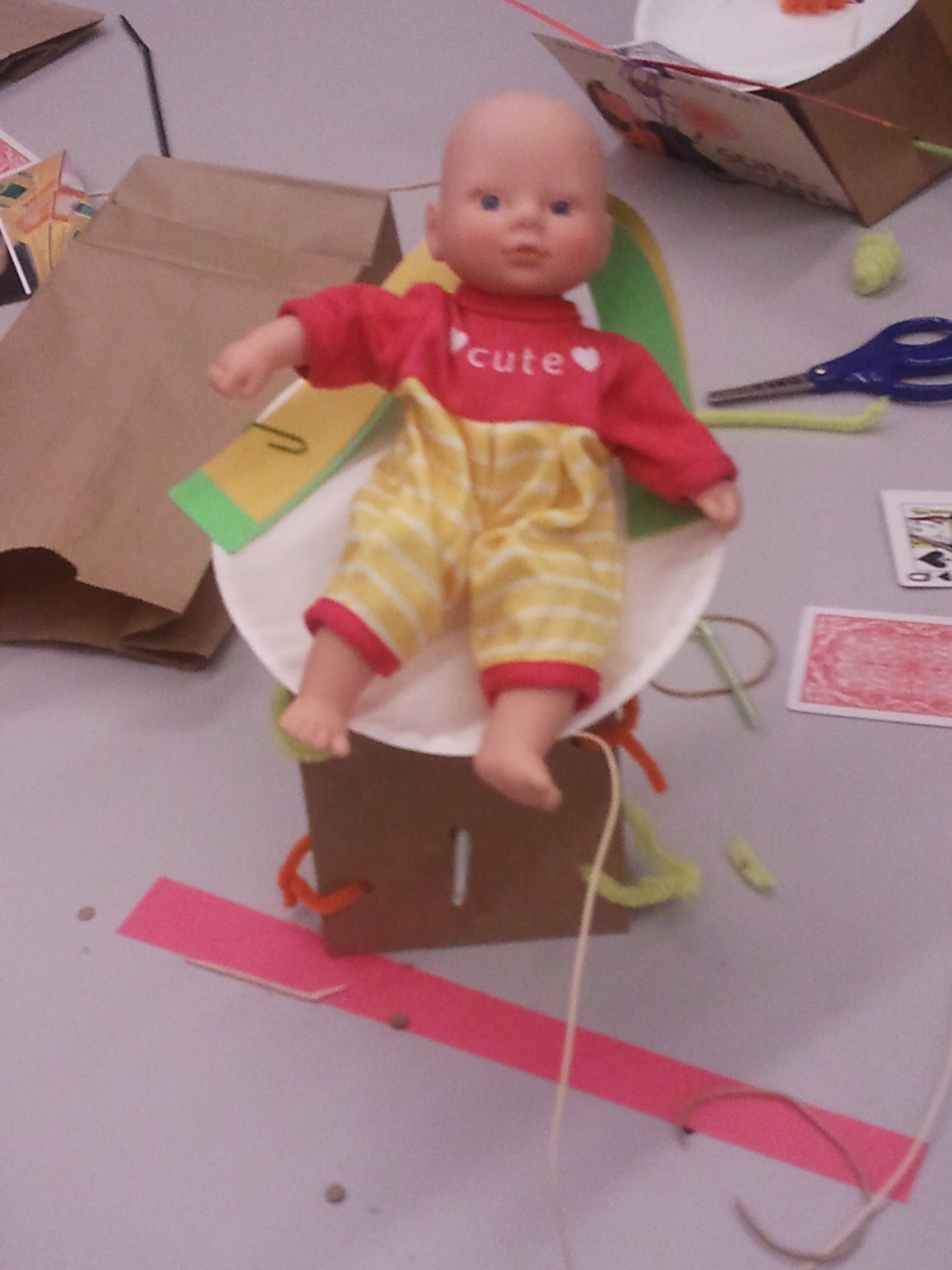
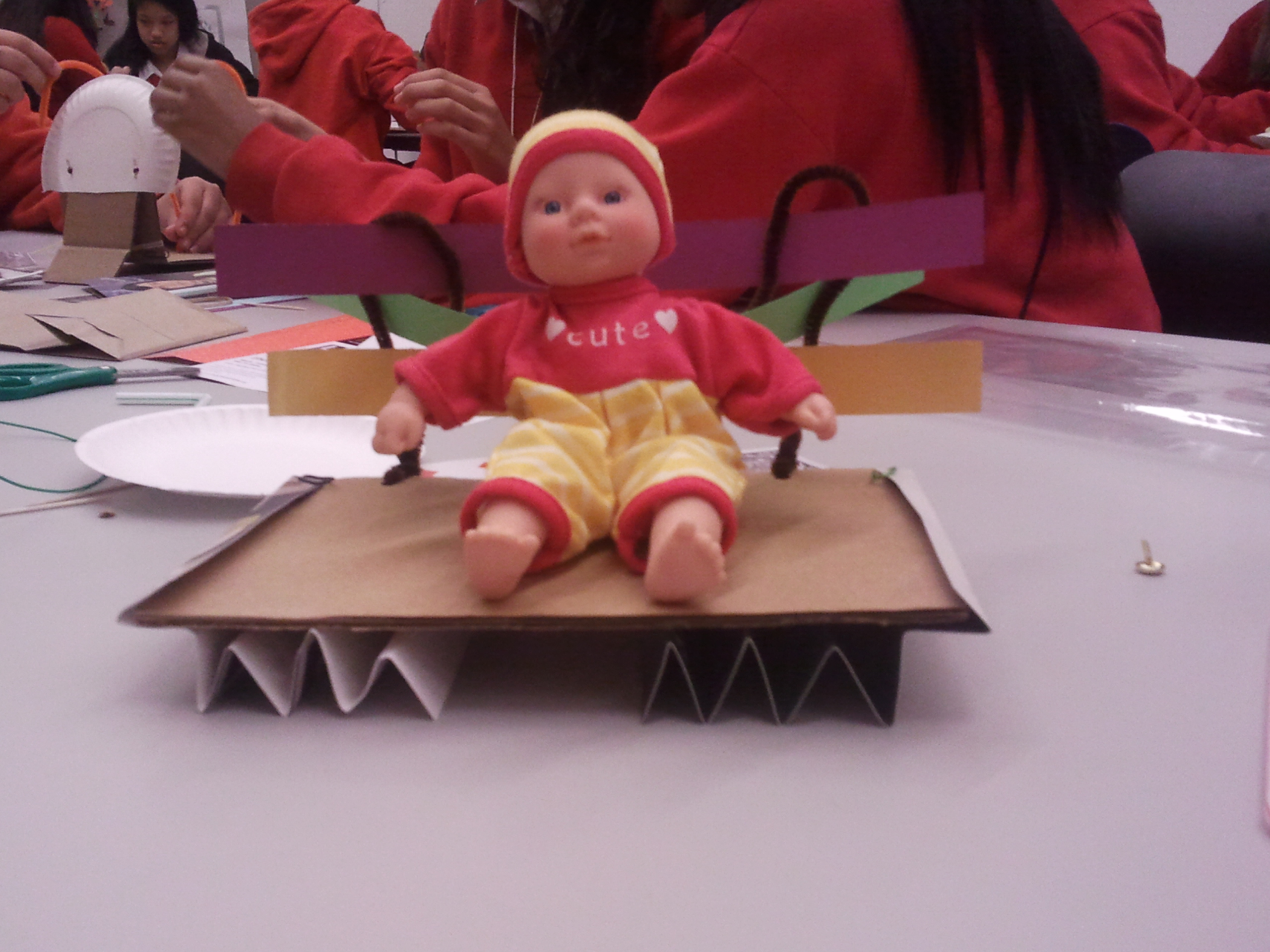
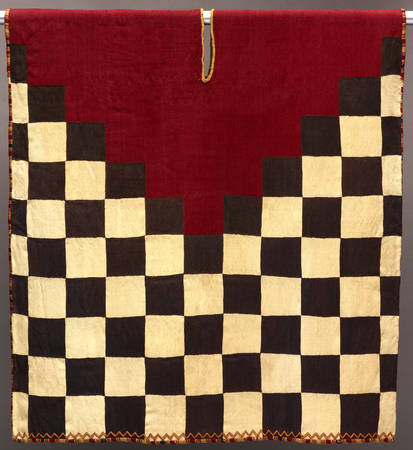

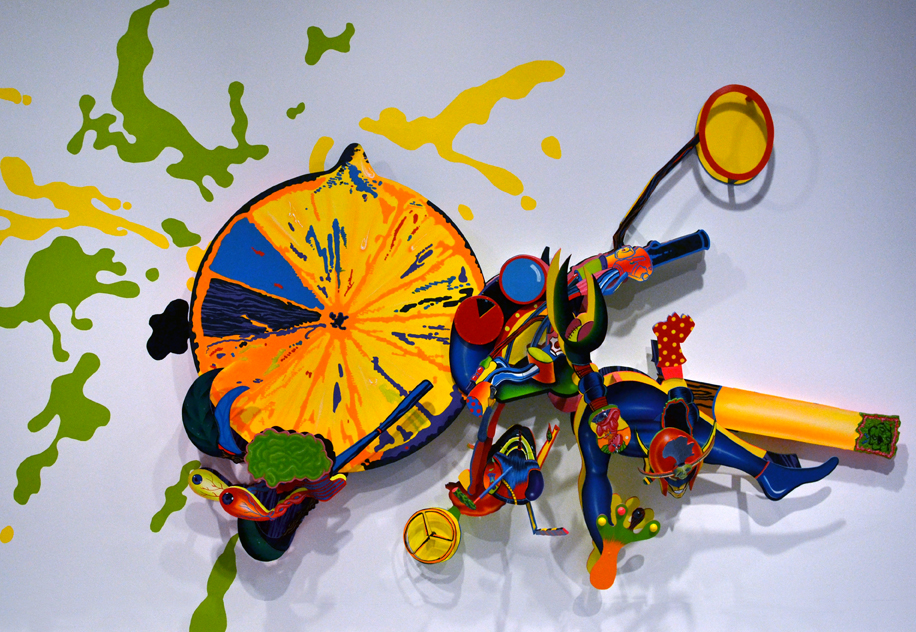
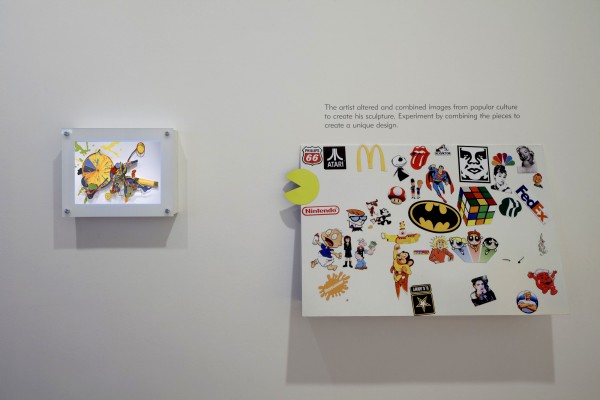
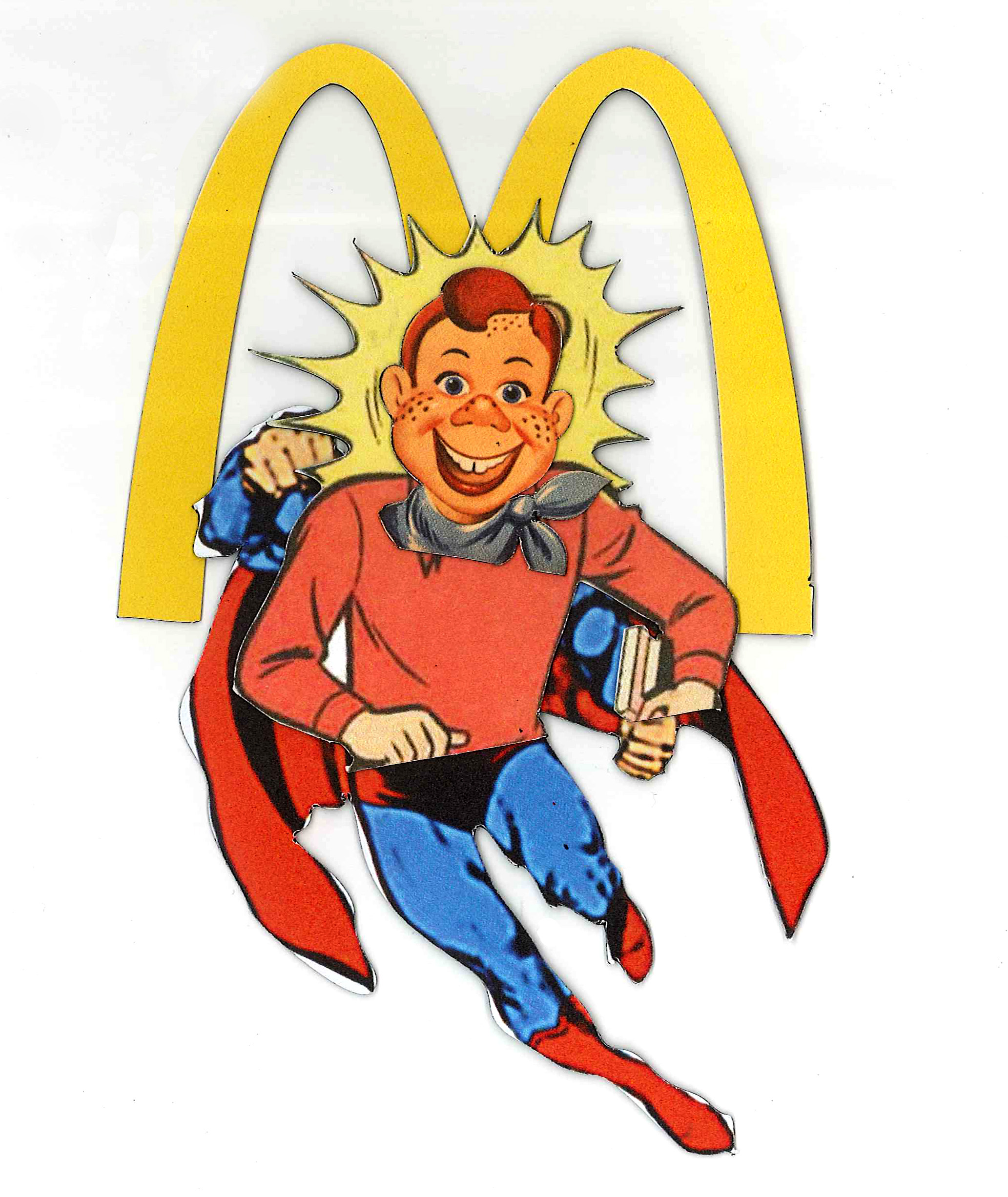
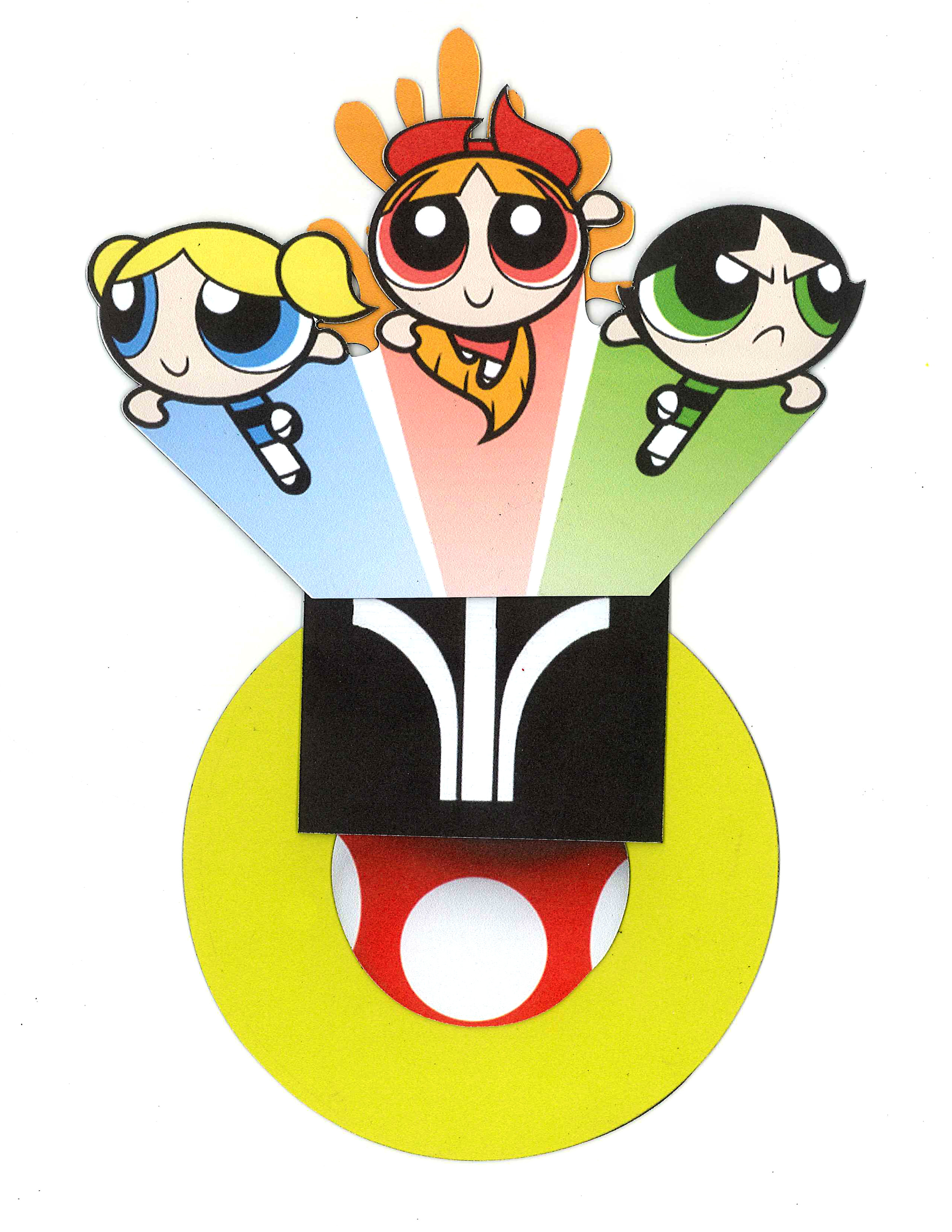



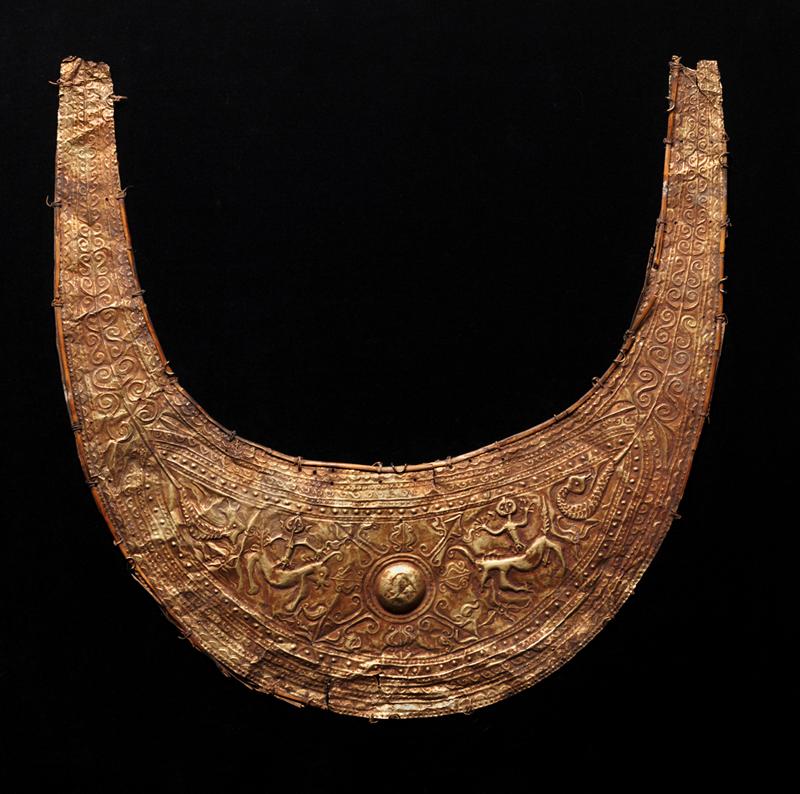
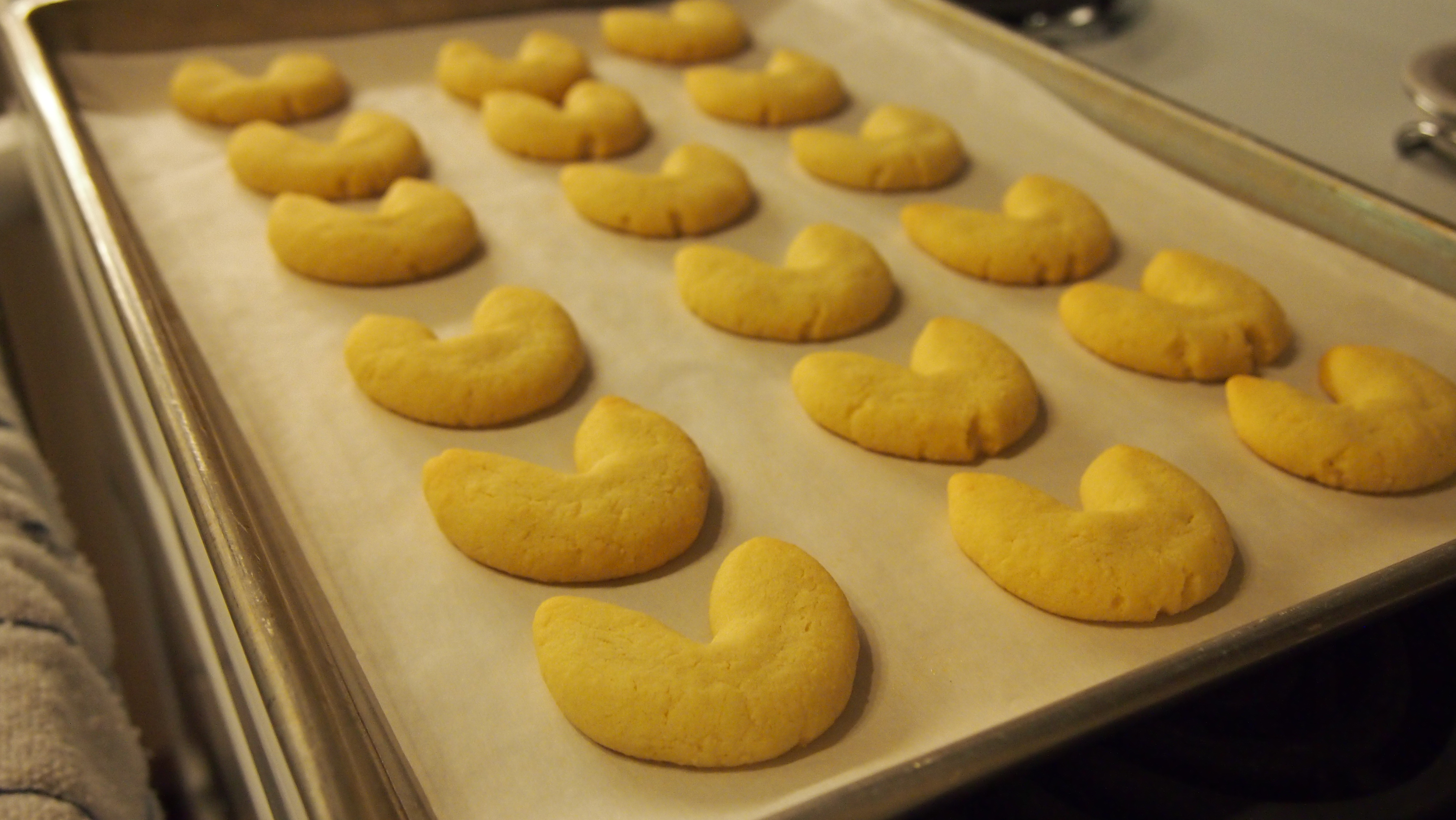


![George Inness,Stream in the Mountains [formerly: In the Woods], c. 1850, oil on canvas, Dallas Museum of Art, bequest of Cecil A. Keating](http://blog.dma.org/wp-content/uploads/2012/12/george-inness_stream-in-the-mountains.jpg)
